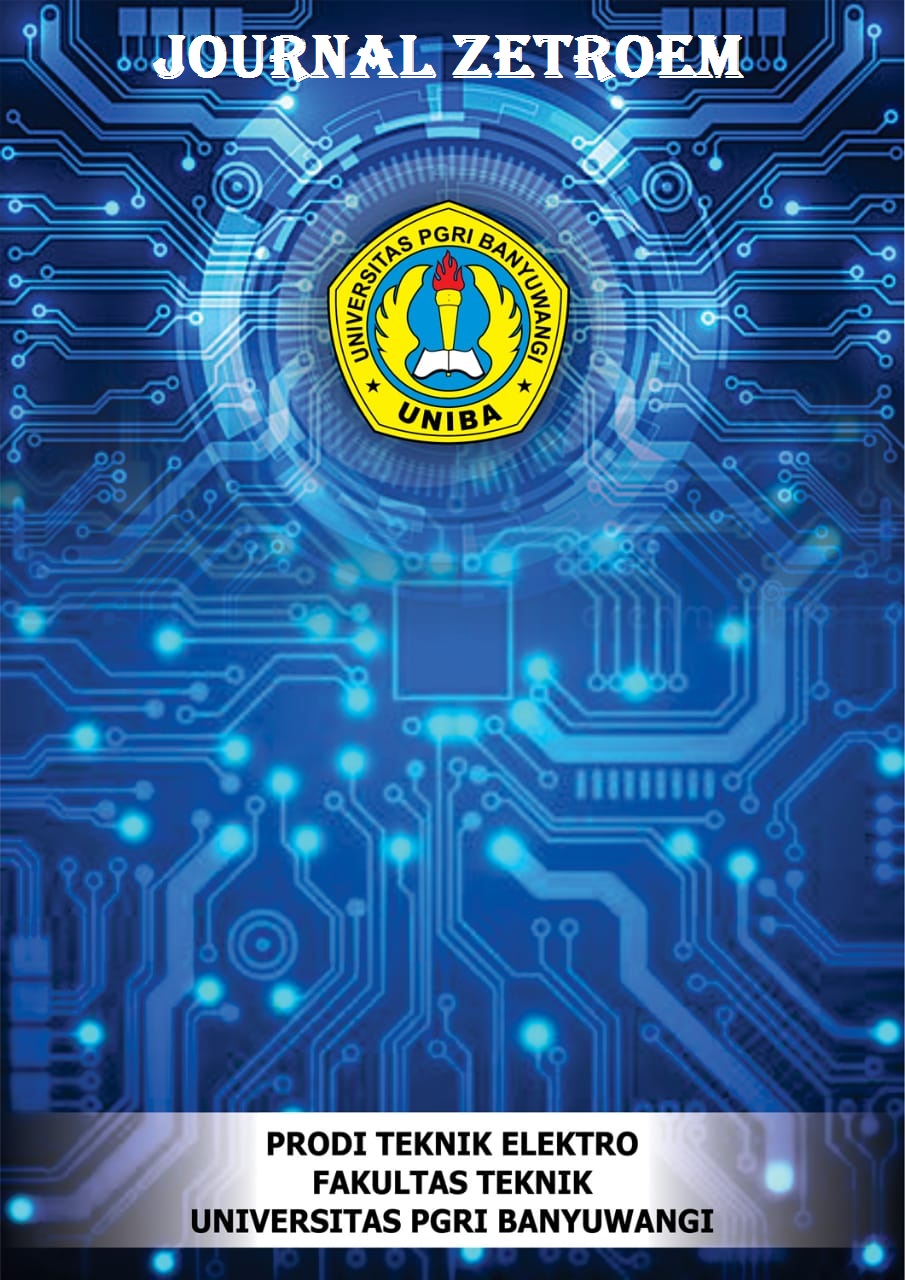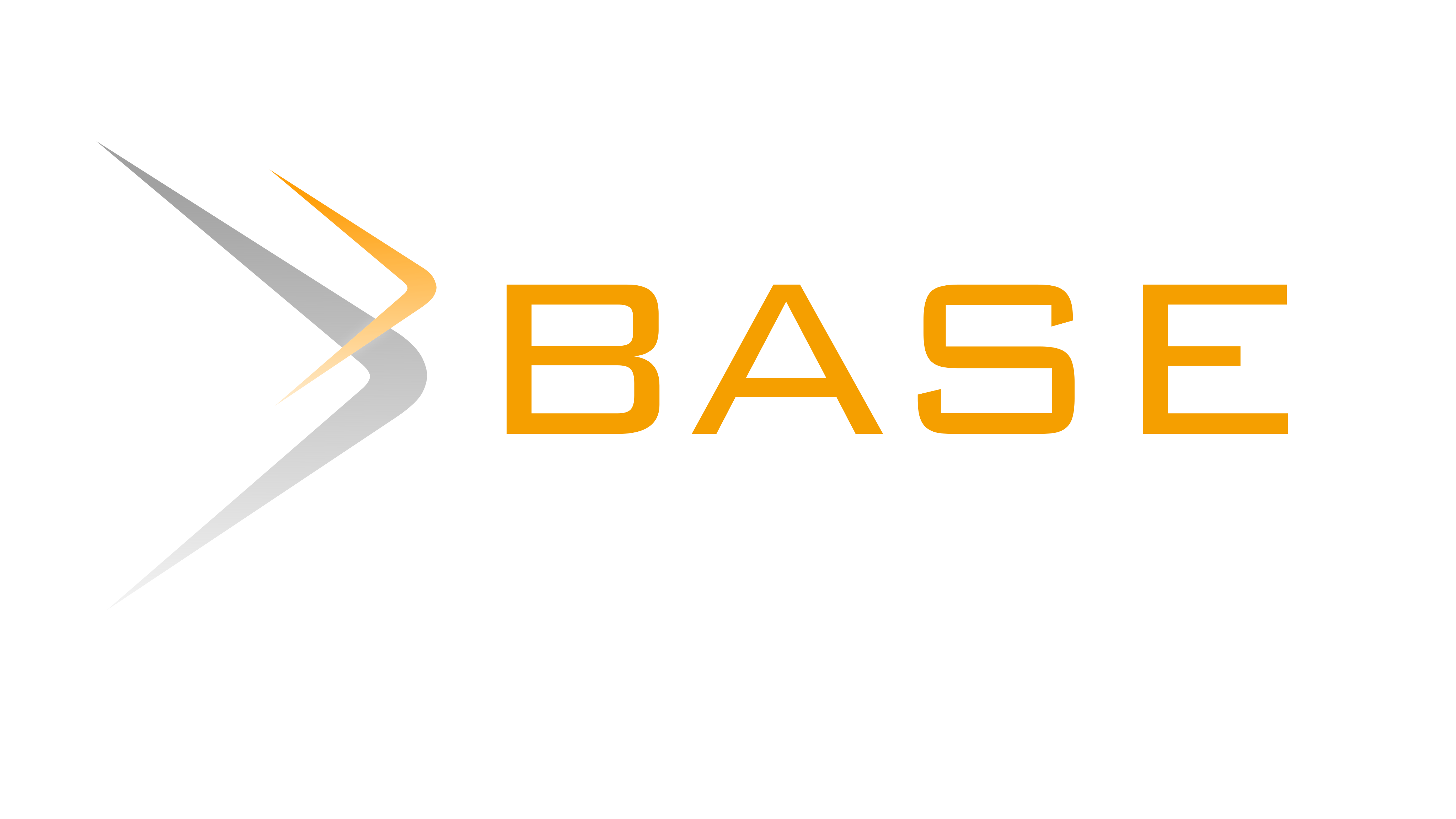Perancangan Ulang User Interface Menggunakan Metode Human-Centered Design Pada Aplikasi Banyuwangi Tourism
DOI:
https://doi.org/10.36526/ztr.v6i2.3923Keywords:
Banyuwangi Tourism Application, Human Centered Design, User Experience QuestionnaireAbstract
The Banyuwangi Tourism Application is designed as a complete guide for tourists who want to explore Banyuwangi Regency. This application provides comprehensive information about tourist destinations, festivals and small and medium enterprises (MSMEs) on one platform. However, based on user reviews on Playstore, there are several problems such as monotonous design, disorganized layout, inconsistent font size and distance between text, as well as inappropriate icon and font color choices. This research aims to redesign the user interface design. so that the appearance and feel of the application is more in line with user needs. The Human-Centered Design (HCD) approach method was used in this research by placing humans as the main focus. The use of the User Experience Questionnaire provides a quick and effective assessment of the user's interactive experience, so the UEQ testing method was chosen as an effective way to assess user experience. The UEQ test results show that the redesign of the Banyuwangi Tourism application received higher scores in all aspects compared to the initial appearance. The attractiveness aspect received an average score of 2.02, clarity 2.07, efficiency 1.87, precision 1.63, stimulation 1.82, and novelty 1.67. This evaluation shows that the app redesign received positive feedback from users. Additionally, users find the app fast, easy to use, accurate, and innovative, although there is still room for improvement.















